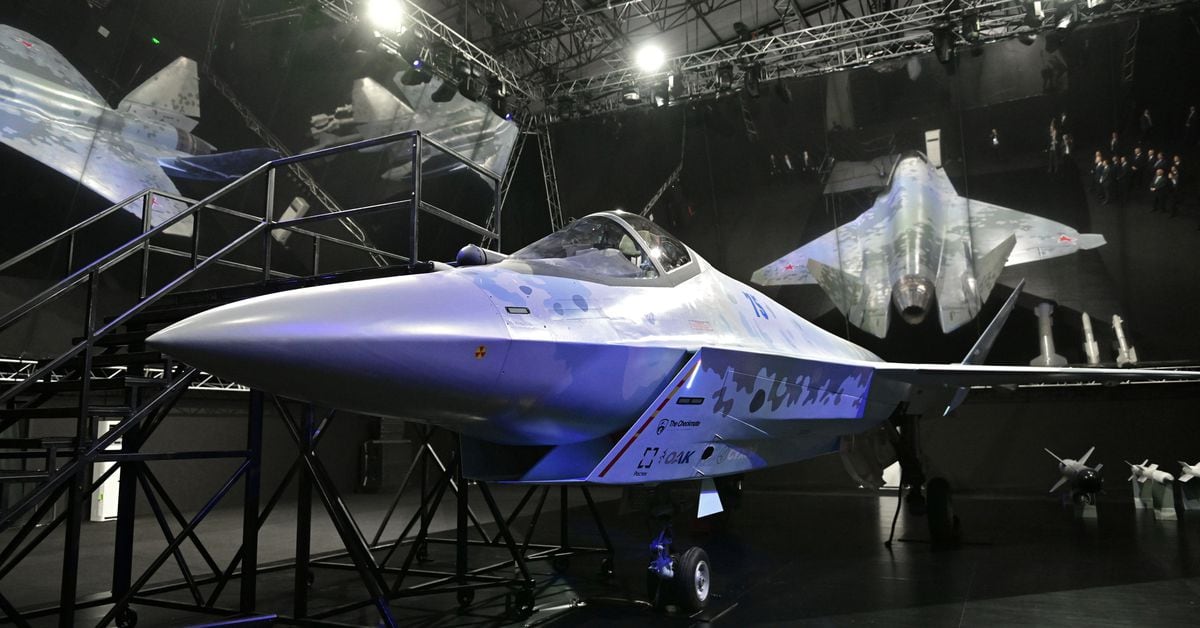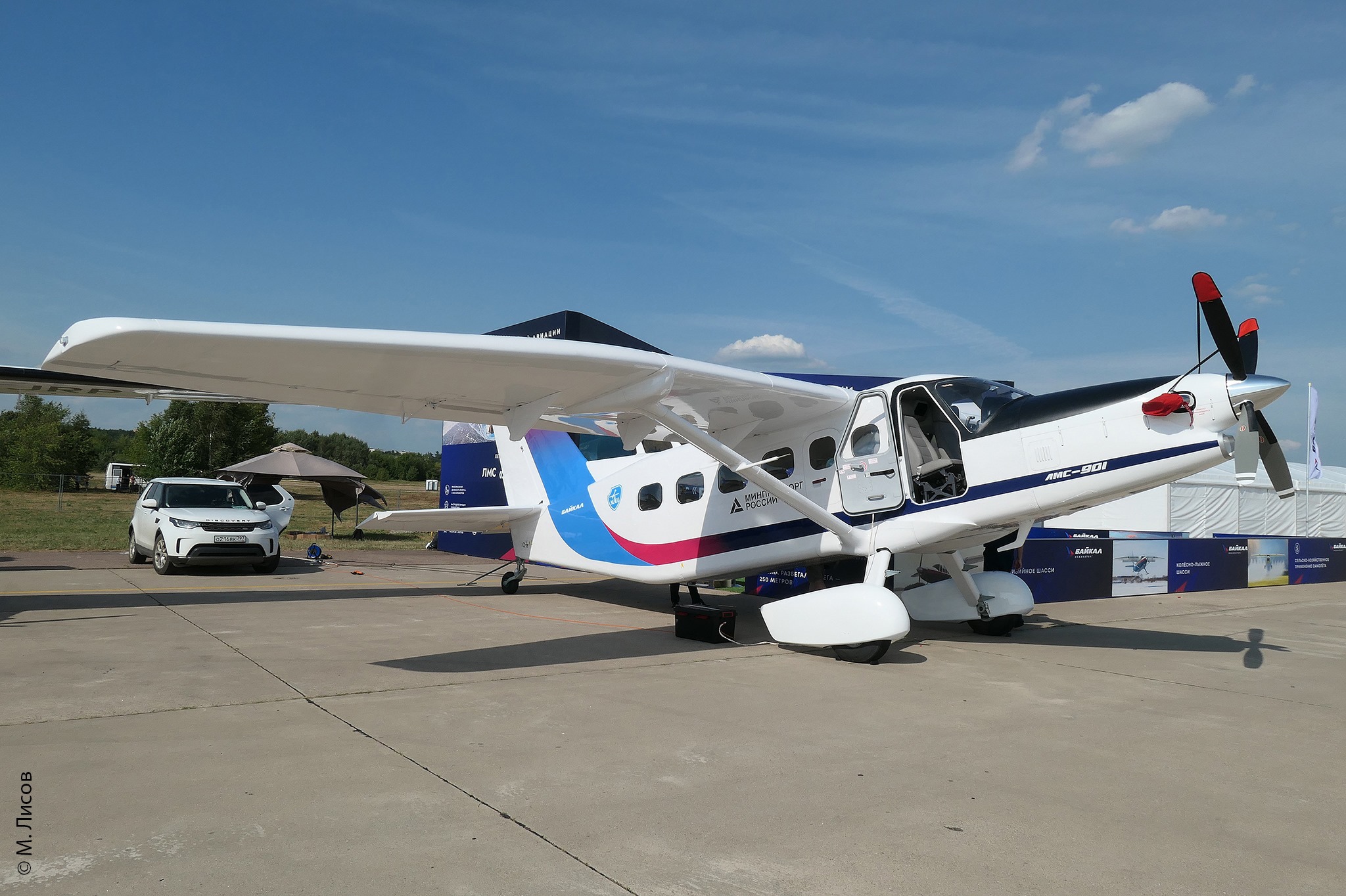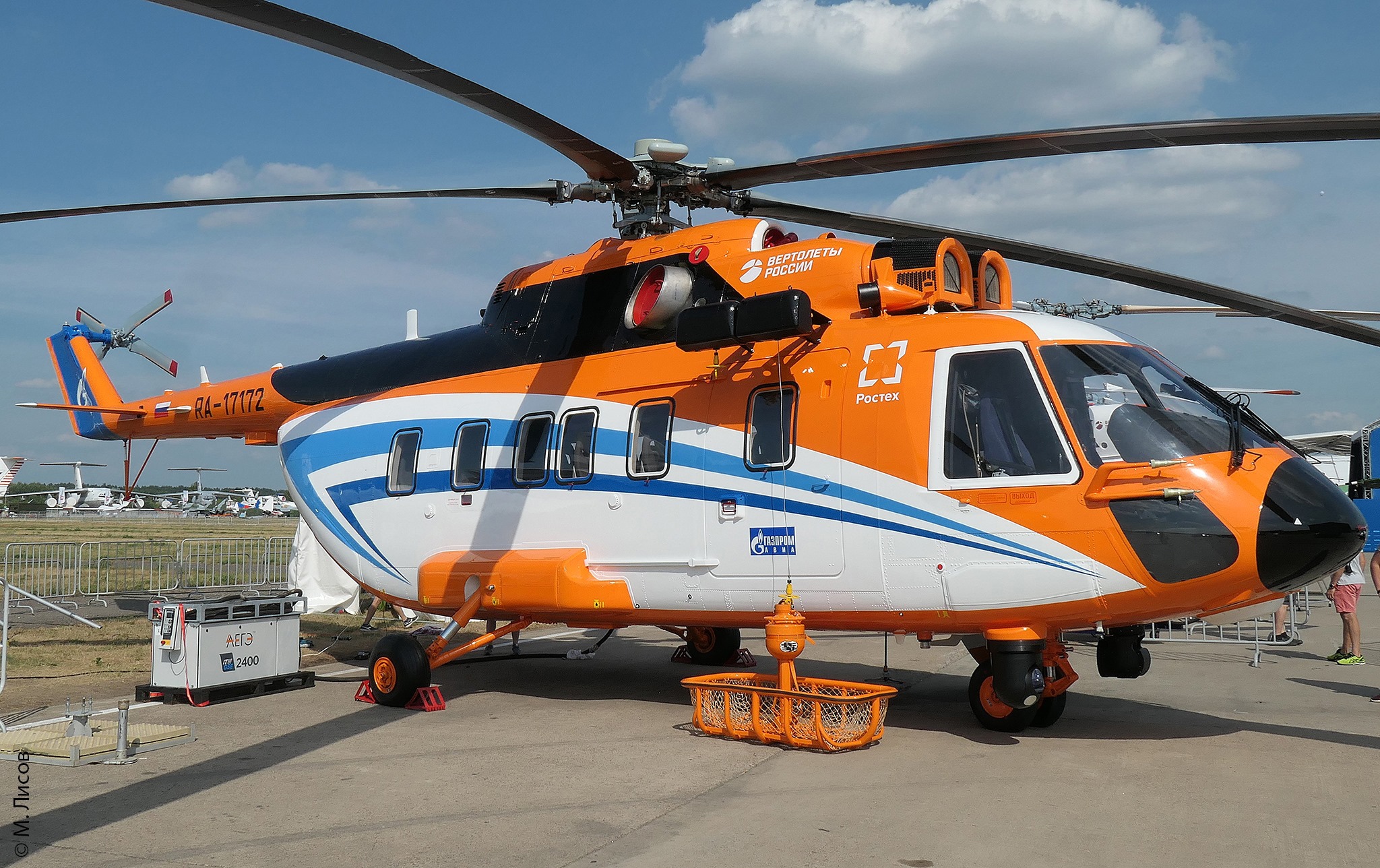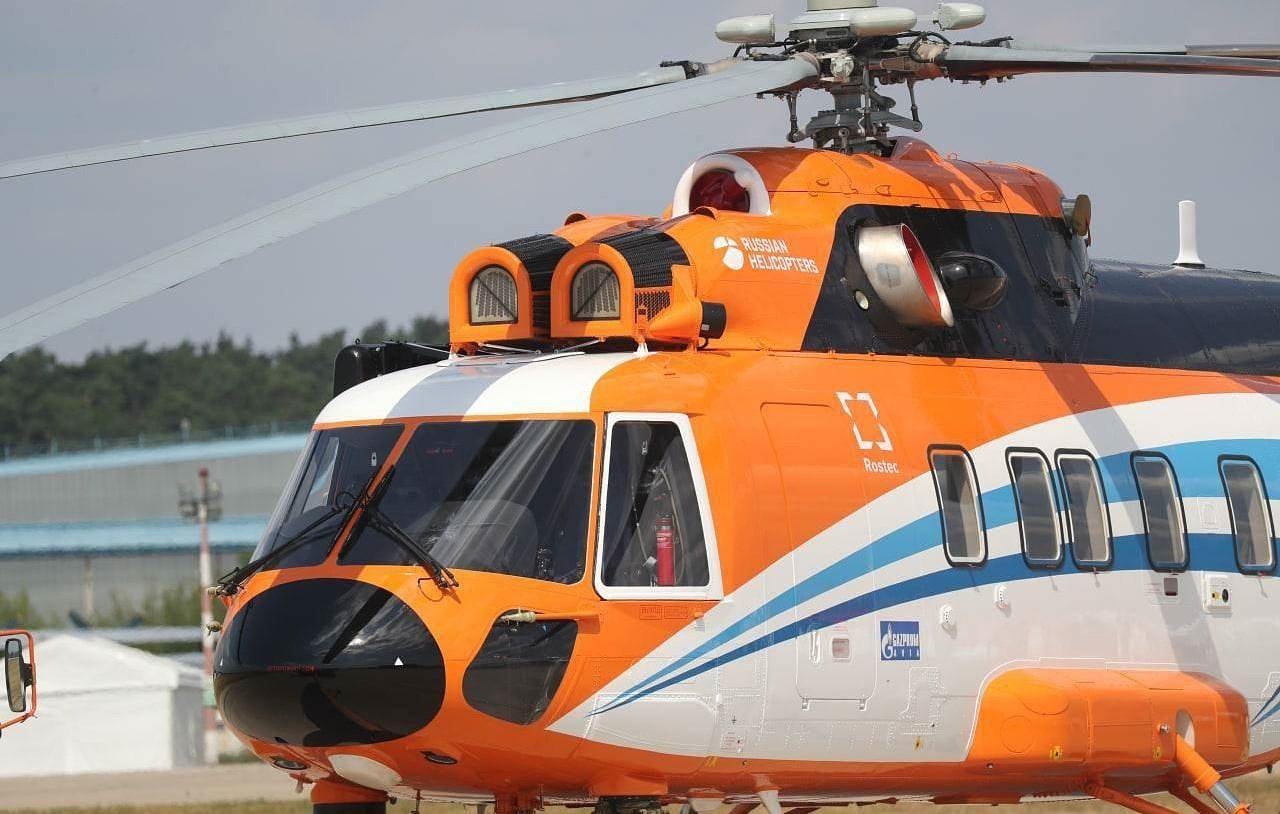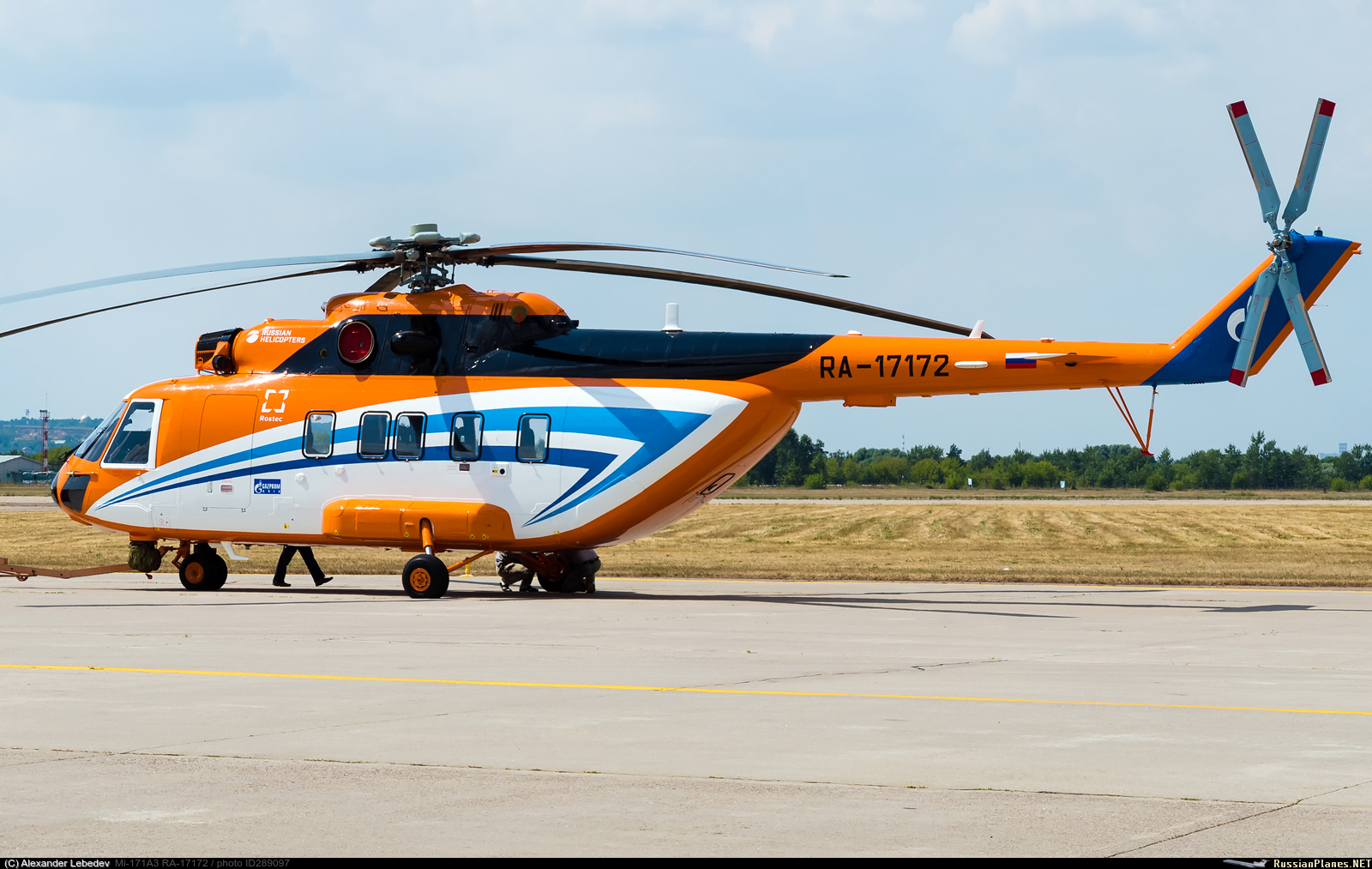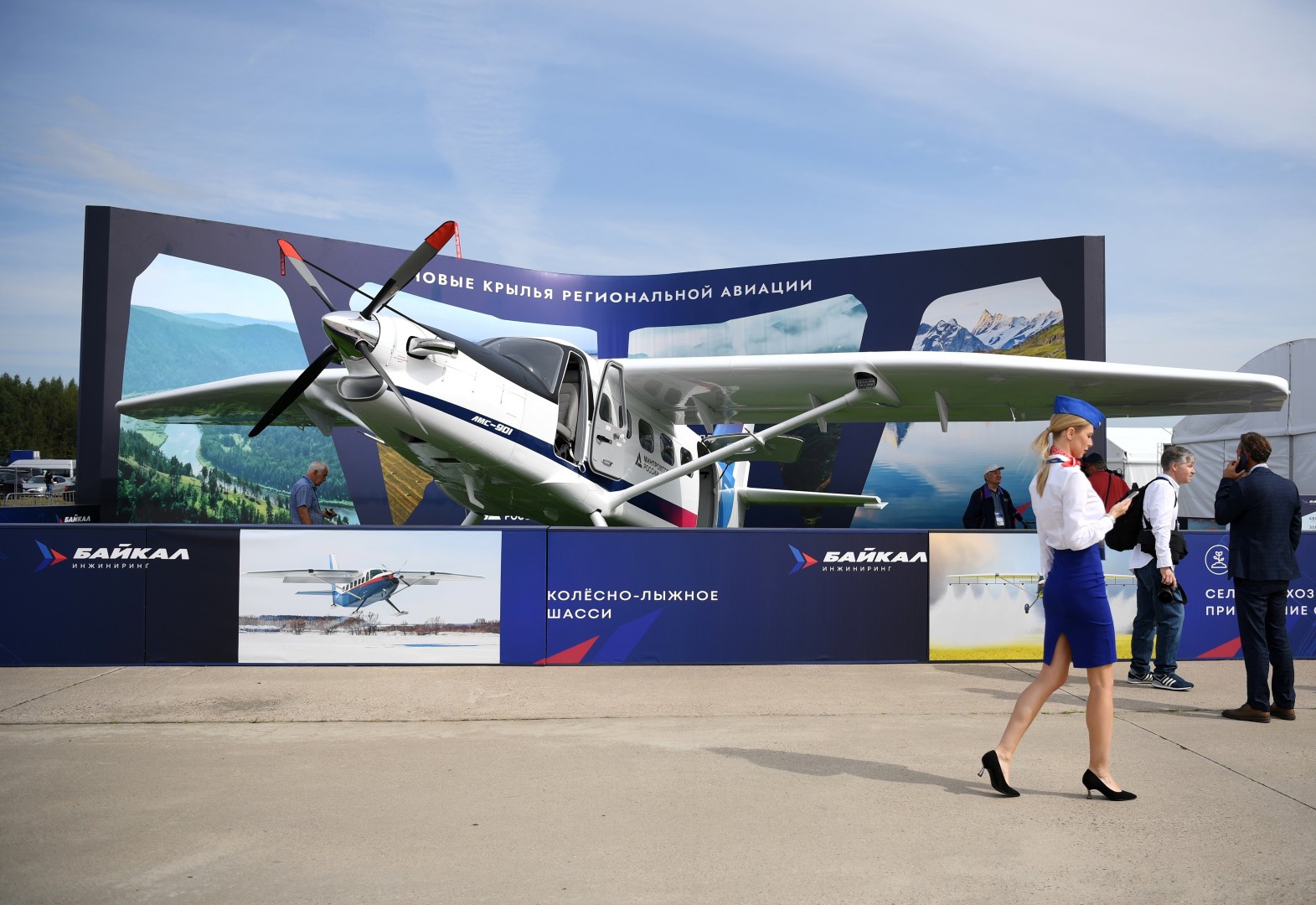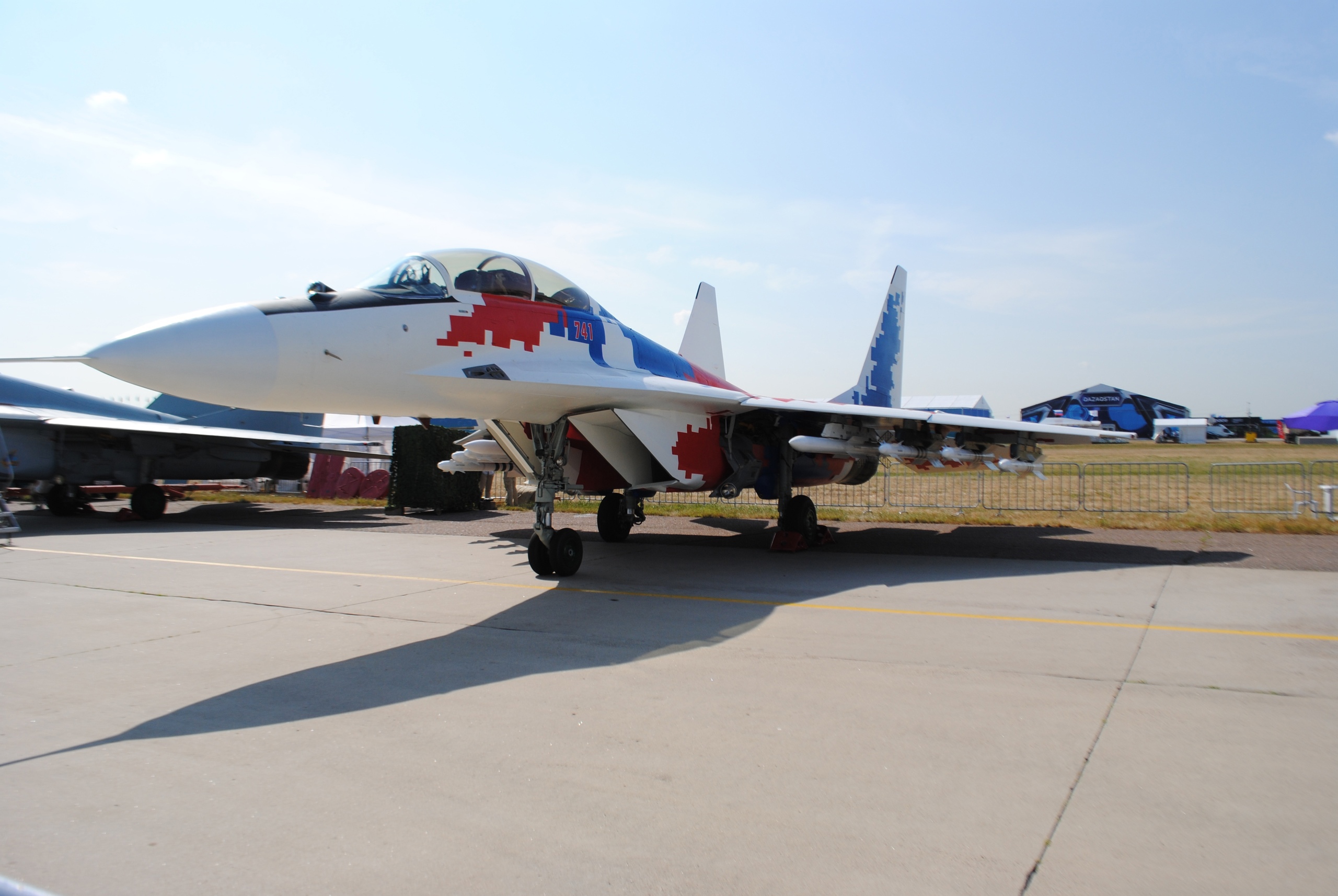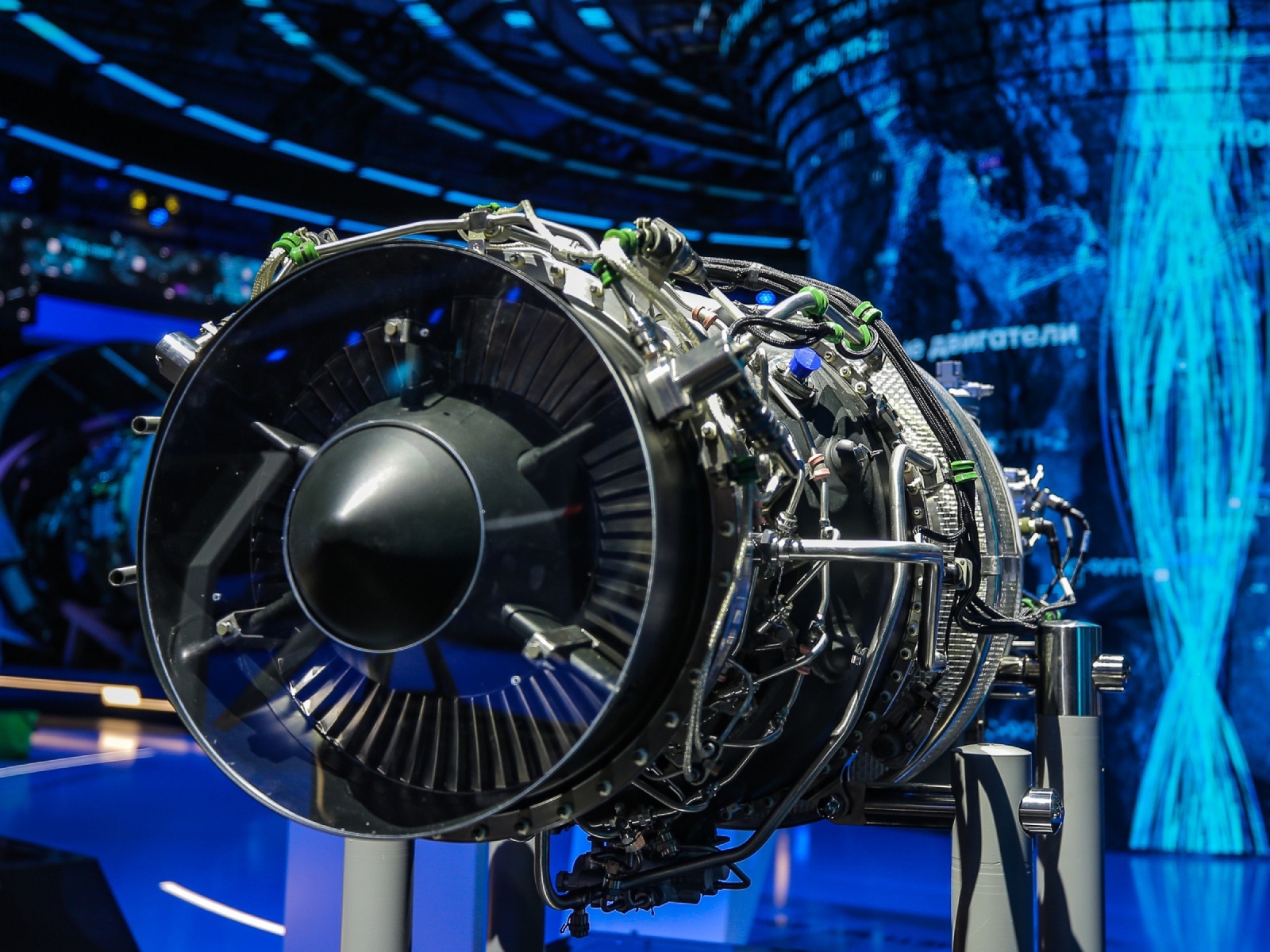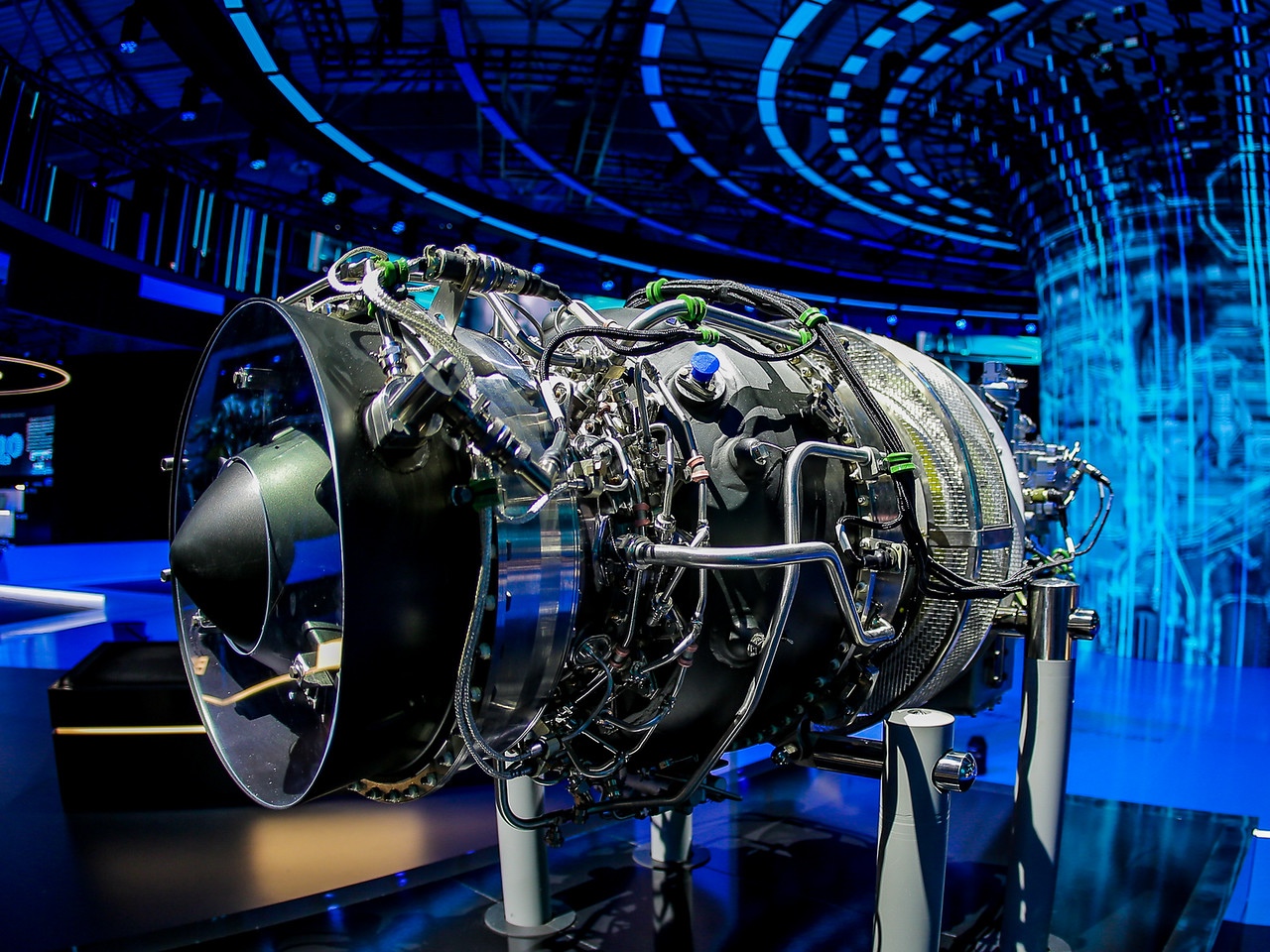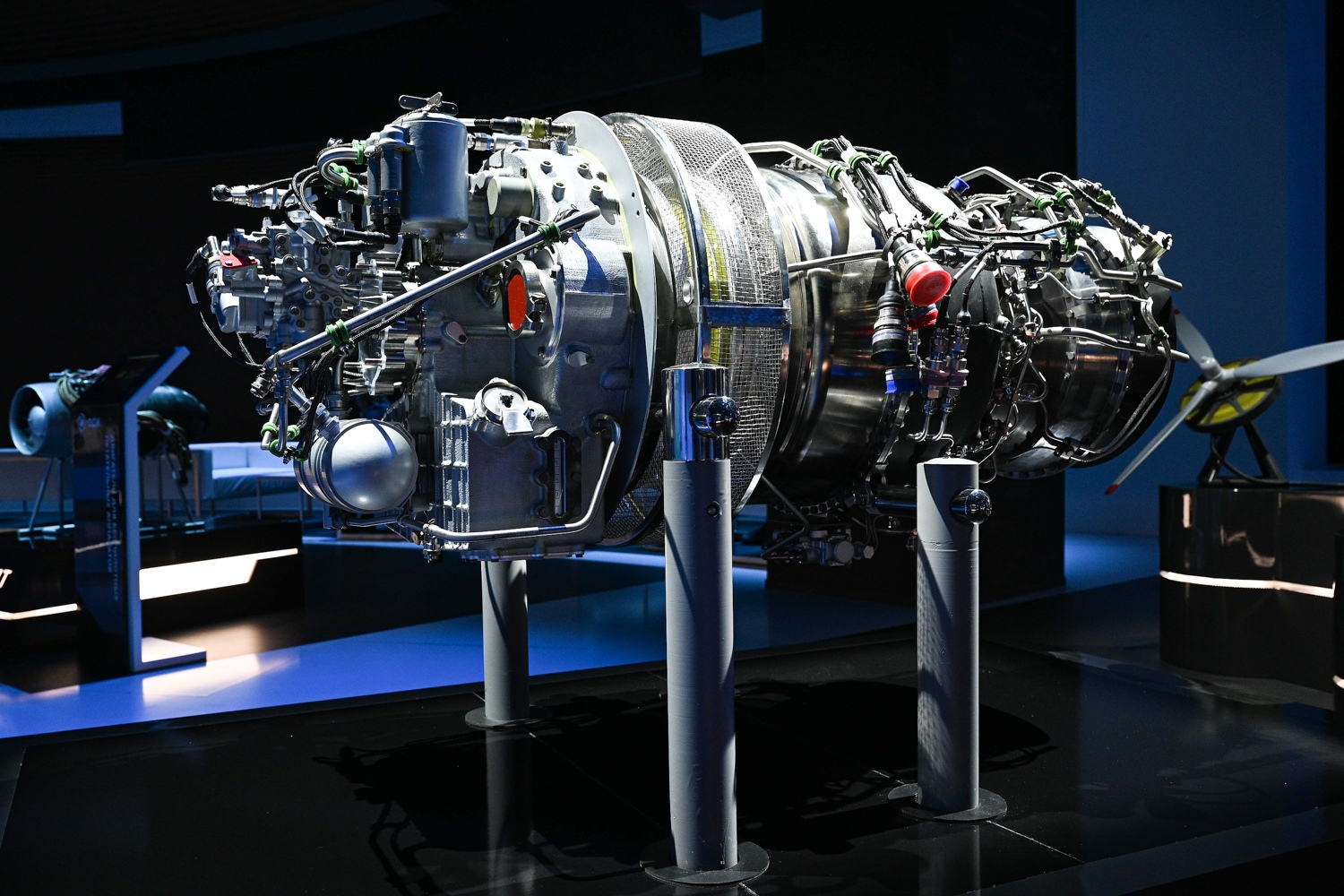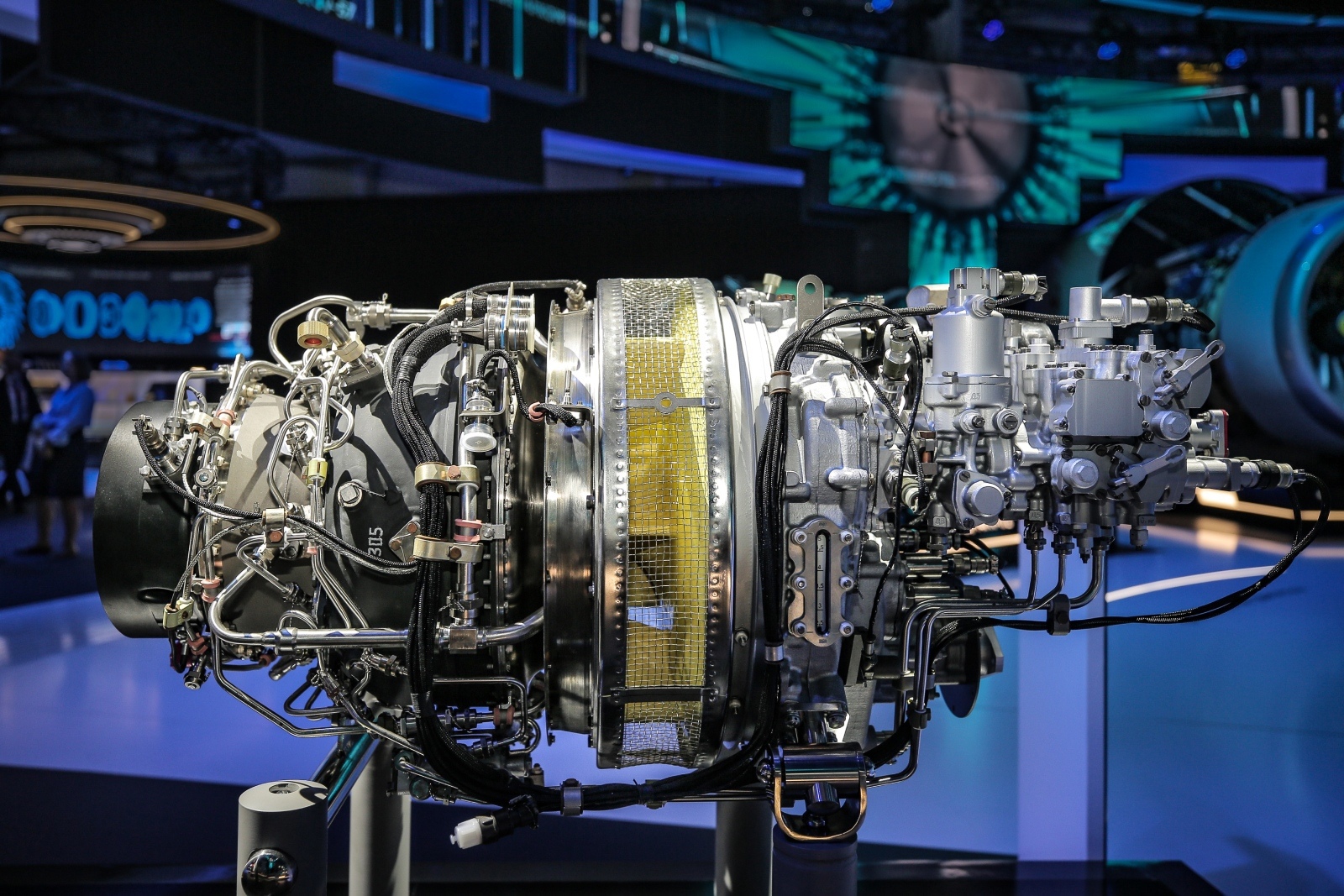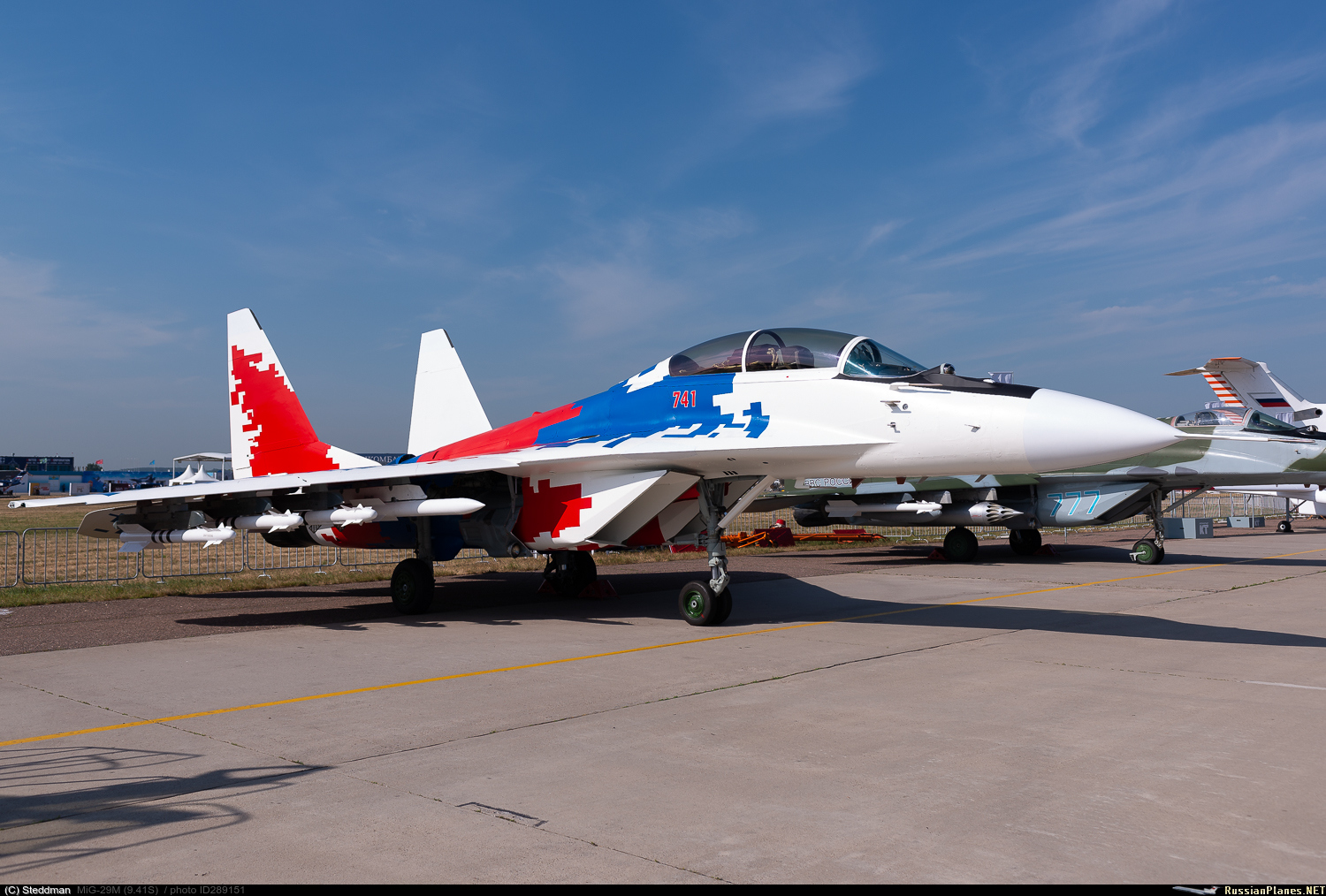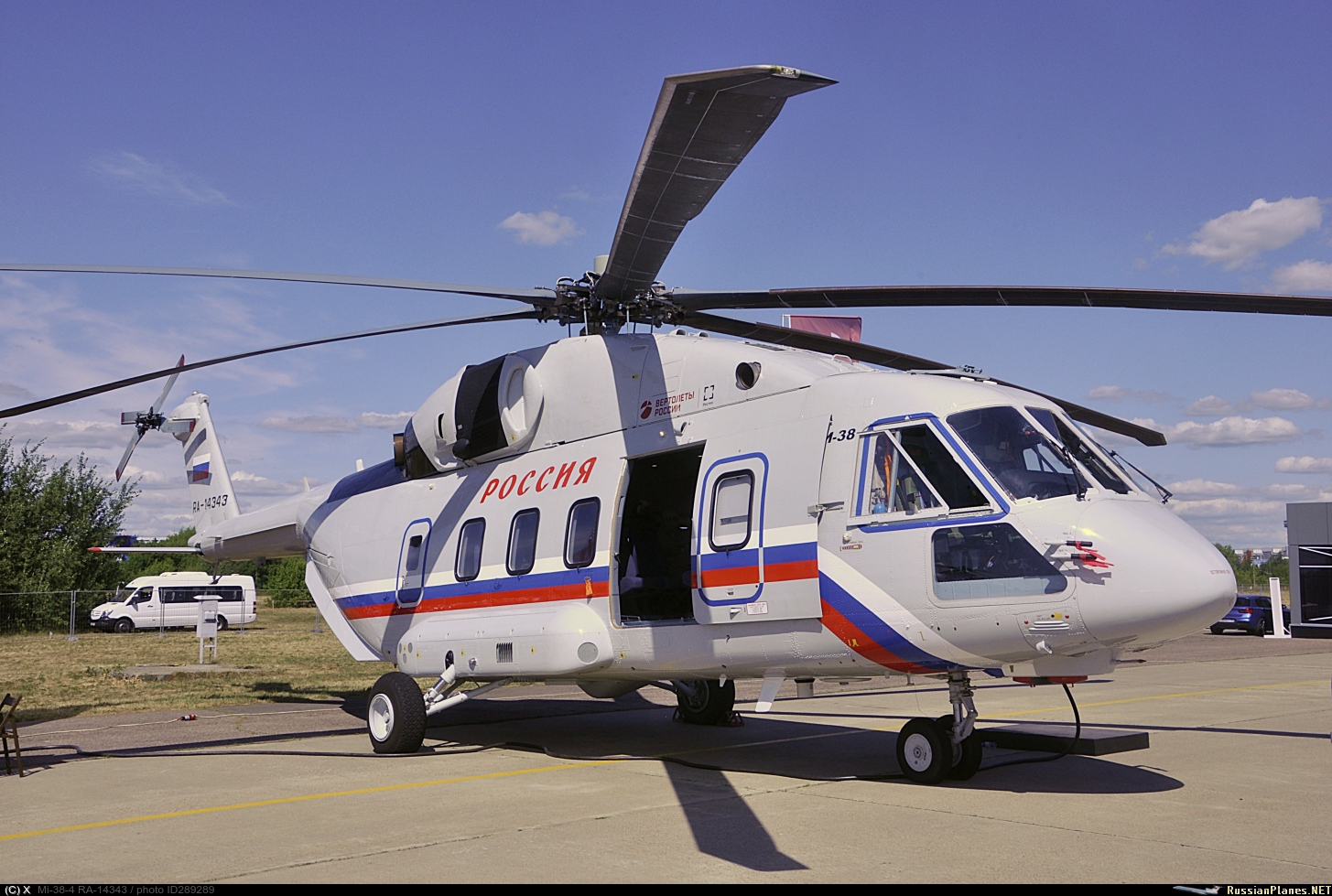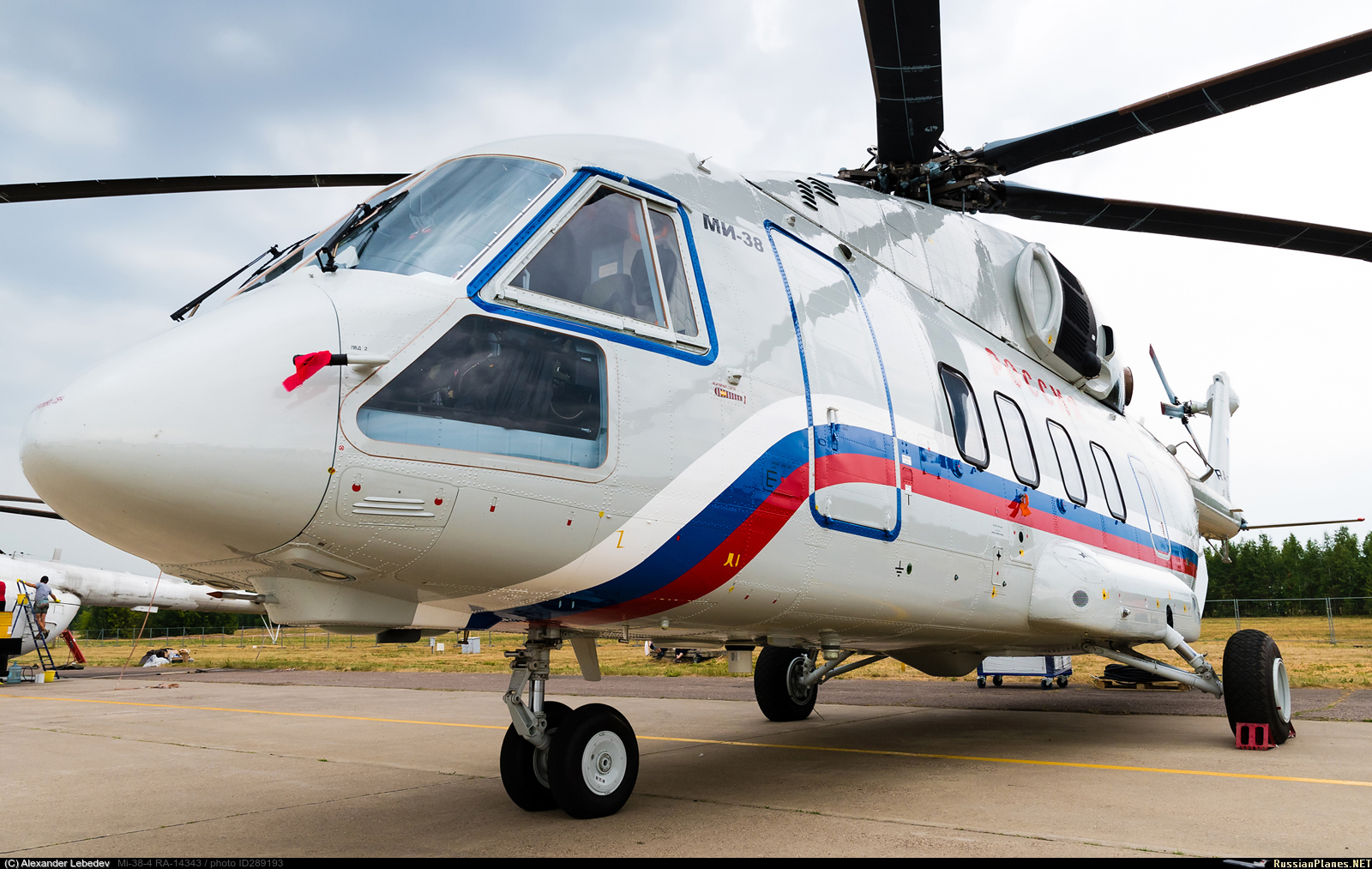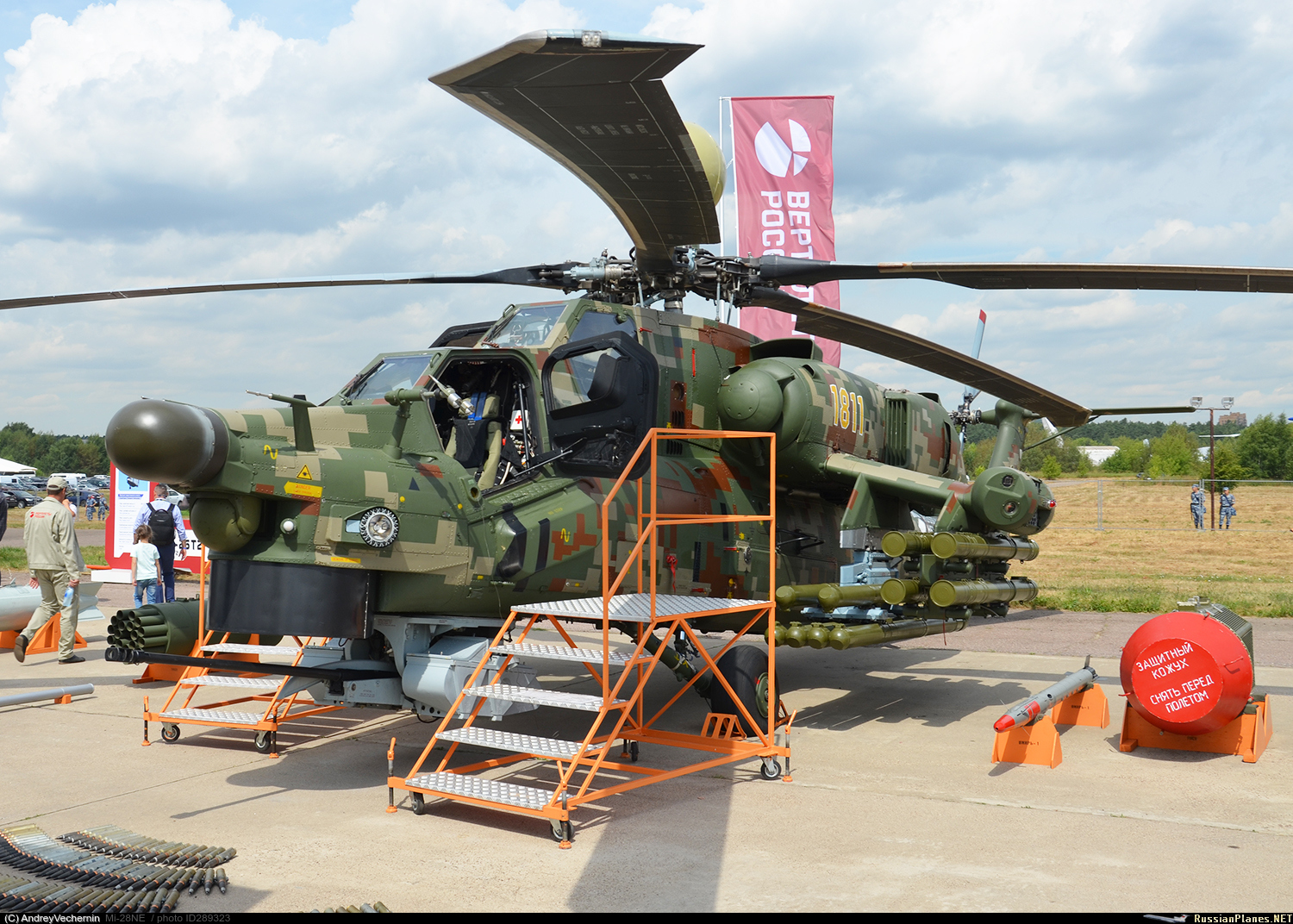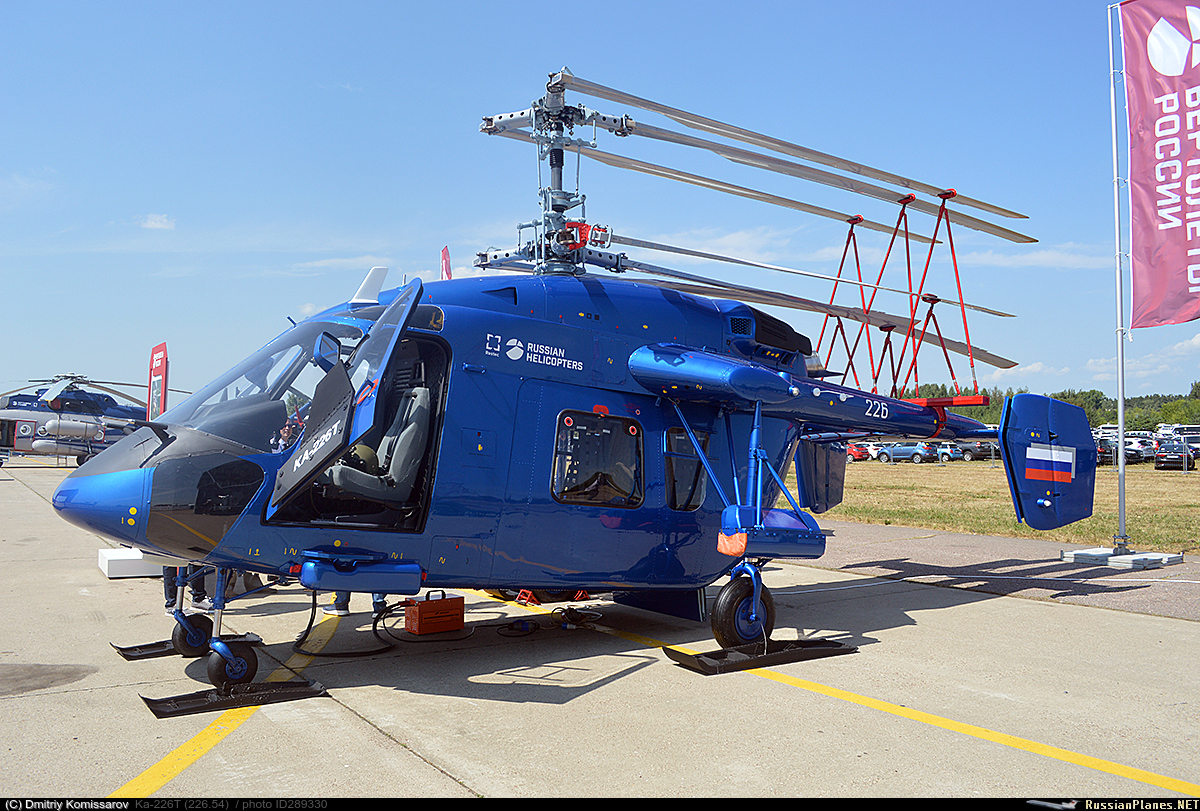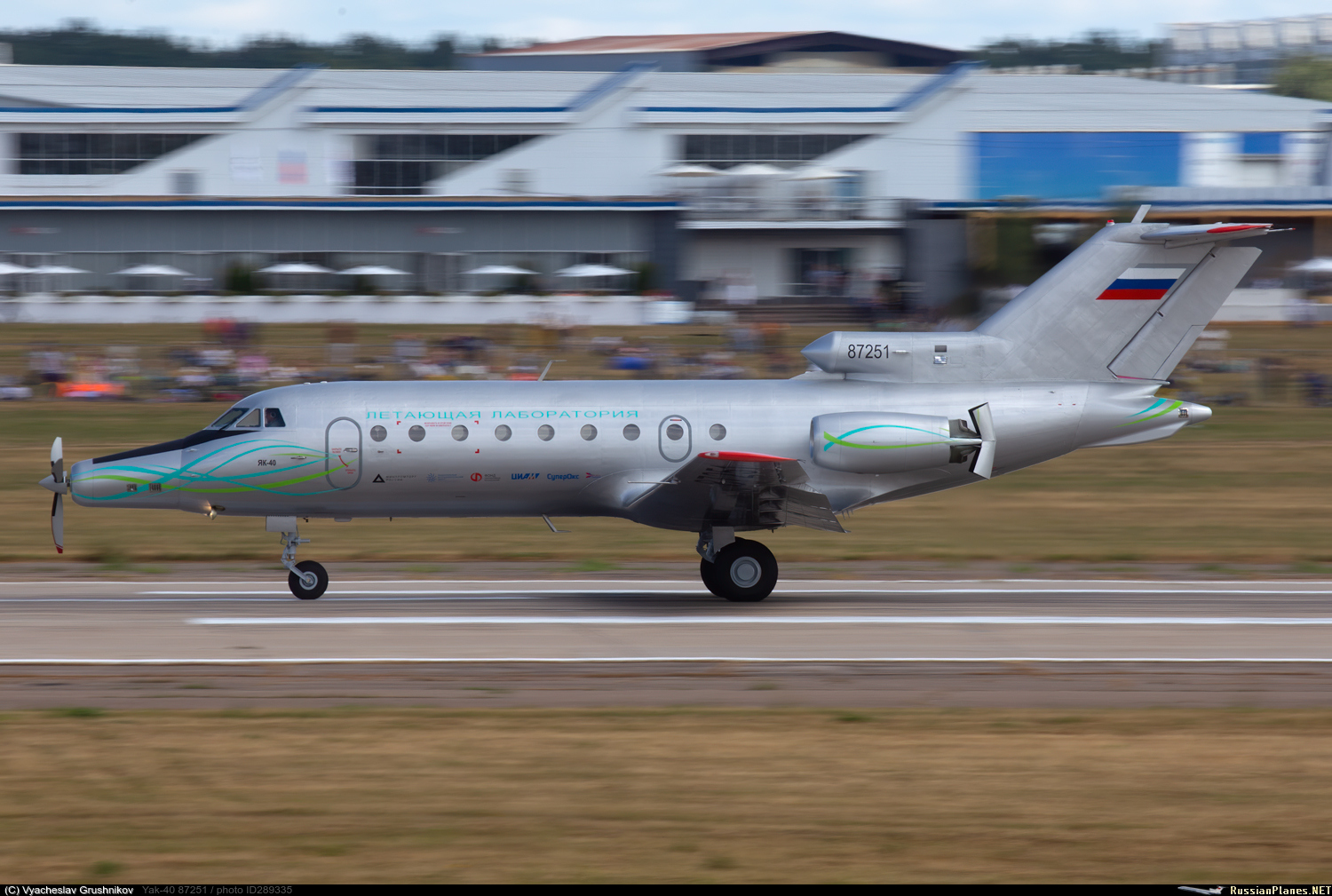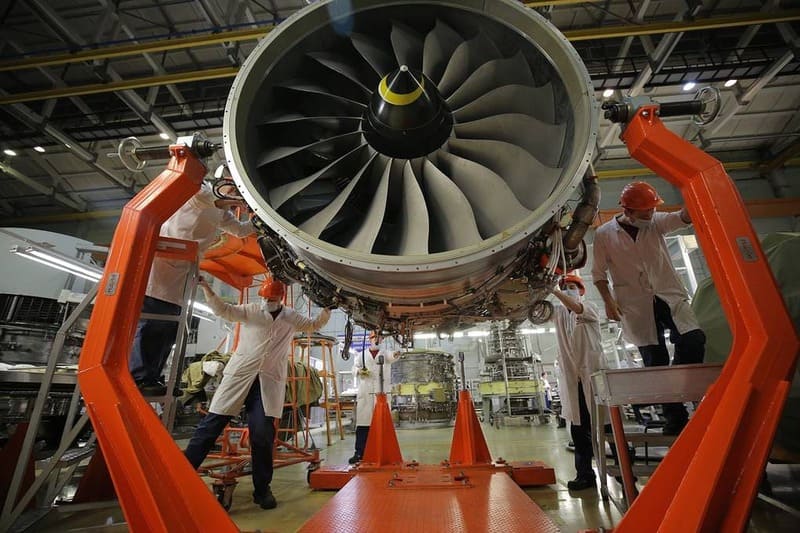- Joined
- 27 December 2005
- Messages
- 17,752
- Reaction score
- 26,450
Placeholder for general news and pics from MAKS 2021 that don't deserve a topic.
Specific topics:
UAC/Sukhoi "Checkmate" https://www.secretprojects.co.uk/threads/sukhoi-lts-checkmate.37538
UAC/MiG Projects https://www.secretprojects.co.uk/th...bat-aircraft-models-shown-at-maks-2021.37589/
Kh-59MKM ASM https://www.secretprojects.co.uk/threads/kh-59mkm-asm.37593/
S-350 Vityaz SAM https://www.secretprojects.co.uk/threads/s-350-vityaz-sam.37592/
I've created what is called a "Search Forum" for MAKS2021. Simply tag any topic with "MAKS2021" and it will magically be displayed in this section as well as wherever it was actually posted.
Specific topics:
UAC/Sukhoi "Checkmate" https://www.secretprojects.co.uk/threads/sukhoi-lts-checkmate.37538
UAC/MiG Projects https://www.secretprojects.co.uk/th...bat-aircraft-models-shown-at-maks-2021.37589/
Kh-59MKM ASM https://www.secretprojects.co.uk/threads/kh-59mkm-asm.37593/
S-350 Vityaz SAM https://www.secretprojects.co.uk/threads/s-350-vityaz-sam.37592/
I've created what is called a "Search Forum" for MAKS2021. Simply tag any topic with "MAKS2021" and it will magically be displayed in this section as well as wherever it was actually posted.
Last edited:

